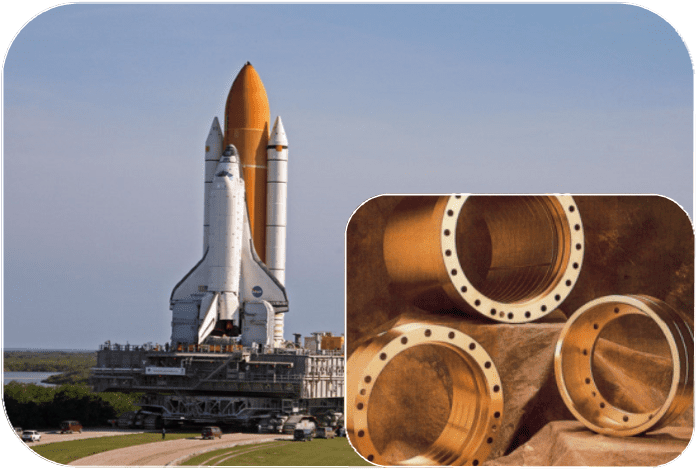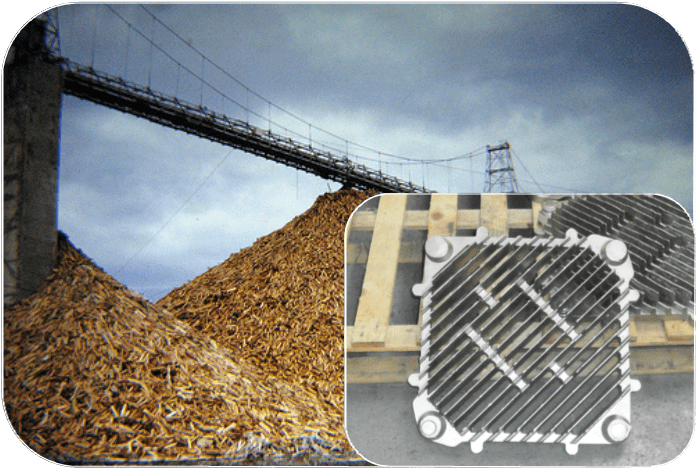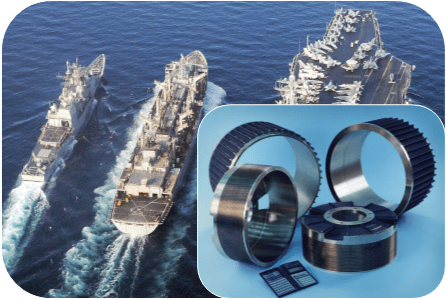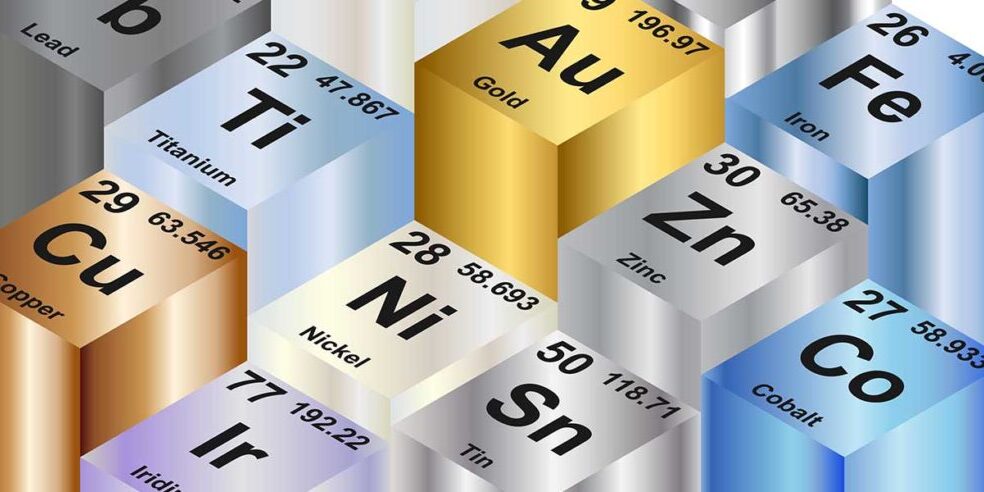Blog 4 Real-Life Examples Of Solving A Heat, Wear, Or Corrosion Problem
By: Dave Olsen
The days when manufacturers had a host of technical experts on staff are past in many industries. And this at a time when material choices are broader and product performance demands are higher than they have ever been. So the situation will not get any easier. Here are just four real life examples where MetalTek International helped a customer’s heat, wear, or corrosion problem.
If you have a question about alloy selection, if you manufacture products that operate in harsh corrosive, high wear, or extreme temperature environments, or if you are simply looking to improve product performance, contact MetalTek.
- Bearium Solves Load and Friction Problems in Mobile Crawler

From the days of Apollo program through the Space Shuttle a heavy duty crawler has carried the enormous weight of space vehicles down the one-mile path to the launch pad. Early designs used to carry this load were subject to sudden catastrophic failures of the roller bearings, jeopardizing timing of the launches. The crawler went through an emergency redesign to replace the roller bearings with sleeve bearings manufactured using Bearium B-10, a high-lead bronze that is only available from MetalTek International. Designs using Bearium delivered acceptable performance in an application that would then feature much higher friction. Bearium is used in the space craft crawler application to this day.
- Creating a “Memorial to Last a Lifetime”

Working with architects to create a “Memorial to Last a Lifetime” is no small task. Every step of program management is critical—from materials and engineering to budget compliance, to execution. Initially, the Pentagon Memorial team approached MetalTek International about choosing the “right” alloy to last 150 years; as various materials were trialed and budgeted, the ultimate selection came down to a restricted-range 316LN (CF3MN-Mod) alloy that would meet the design requirements and still be producible to tolerances such that 184 Memorial Units, each weighing over half a ton and measuring over 12’ (4m) in length, would seem to be “identical.” Specialized tooling, processing, and fixtures were developed, trialed, and modified against an aggressive timeline. In the end, MetalTek met the Vision, the Budget, and the Schedule.
- Alternative to Fabrication in Corrosive Environments

Described by the customer as a “fabrication nightmare” the mating components in pulp dewatering systems present a difficult manufacturing challenge. The grids operate in a pulp and paper environment that demands the corrosion-resistant qualities of nickel-based alloys like those in the Monel® family. These alloys provide superior corrosion resistance, but with their strength comes hardness that makes further processing and machining more difficult than many other alloys. Customers rely on MetalTek’s ability to provide components very close to the required net shape in these demanding alloy grades. Our proprietary HPLT process avoids turbulence during pouring and eliminates the causes of imperfections leading to costly weld repair. By casting in the grates and fins, MetalTek customers avoid fabrication welds, and a tightly controlled manufacturing process solves a mating part challenge as well.
- Virtually eliminating corrosion and drum wear

Naval supply replenishment vessels transfer equipment and supplies to military ships in service while allowing for the relative motion of the ships. They employ high horsepower continuous slip air clutches to control the tension of connecting cables between the ships to allow for motion of the seas and relative movement of the vessels.
The drums became unreliable and subject to significant wear when the change to non-asbestos brake material was implemented. MetalTek pioneered the development of a Metal Matrix Composite centrifugally cast material for use in the friction drums. The MMC material used in the drum application virtually eliminated corrosion and drum wear and reduced hourly operating cost by 90%.



